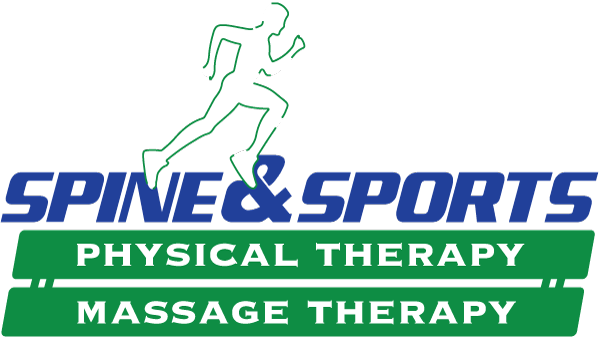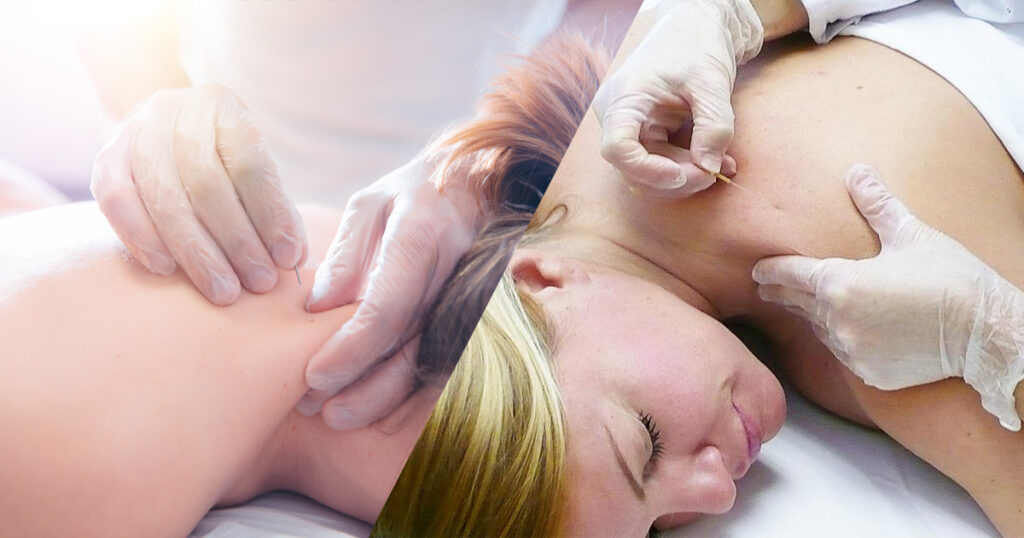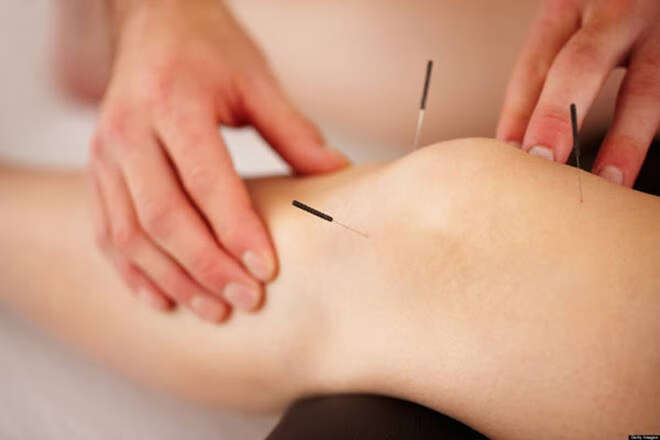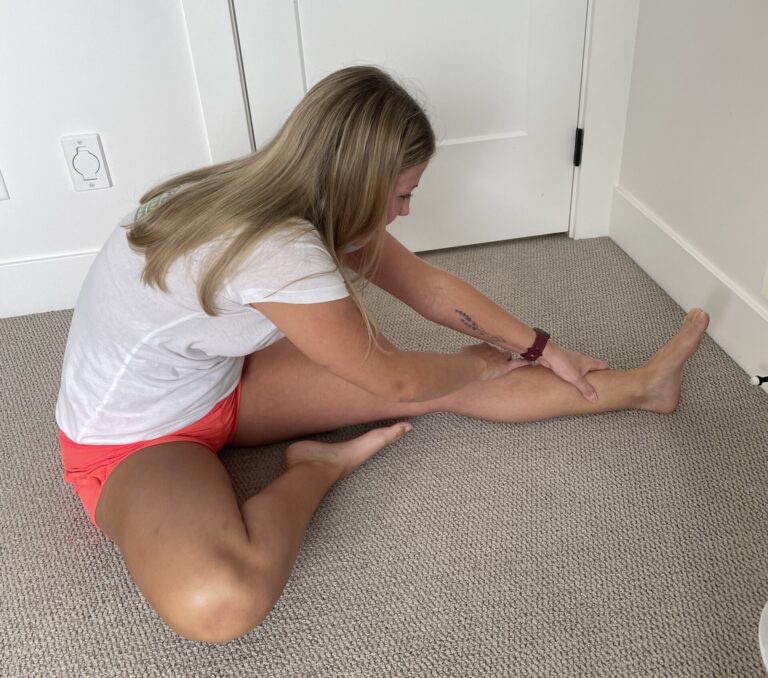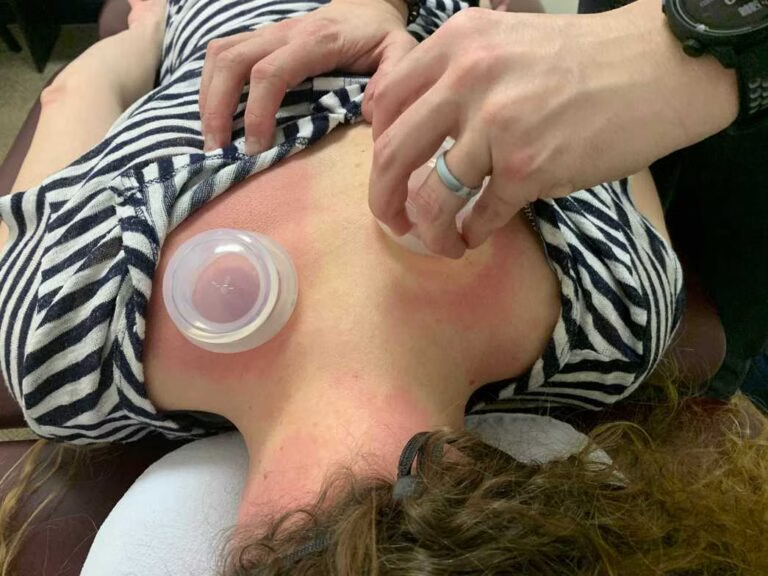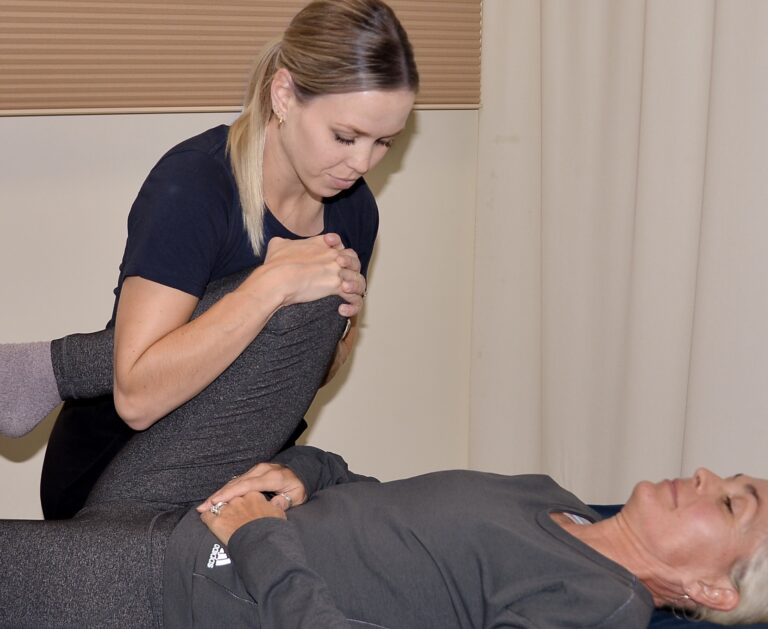Acupuncture and dry needling are two effective treatment options to decrease pain and muscle tightness. They are both used to treat a variety of conditions including but not limited to neck and back pain, knee, hip & shoulder injuries, sciatica, tendonitis, headaches and chronically tight muscles.
What is Acupuncture?
Traditional Chinese Acupuncture stimulates the balance and flow of energy referred to as “Qi” (pronounced chee). When the body is healthy Qi flows smoothly through the meridians that make up a network of pathways throughout the entire body. Meridians are connected to different organs in the body and acupuncture points lie along these meridians. With injuries and health conditions the balance or flow of energy can be disrupted. Very thin acupuncture needles are inserted into specific acupuncture points to help balance the flow of energy. It is important to note that most physiotherapists are trained in anatomical or medical acupuncture. This means that we still use traditional acupuncture points as explained above but we base our selection of the points on what anatomical structures we want to stimulate (muscles, tendons, nerves and/or blood vessels). Typically these needles will be left in for 15-30 minutes. The acupuncture needle triggers an immune response which decreases inflammation, releases endorphins that help decrease pain and triggers a regenerative response that increases tissue growth and promotes healing.
What is Dry Needling?
According to an article on richardkimmedicine.com, dry needling or also referred to as IMS (intramuscular stimulation) is a technique where very fine needles are inserted into tight trigger points in the muscle. A trigger point is a tight band of muscle which can be tender to touch and may cause pain referred to other parts of the body. It is referred to dry needling because only very thin solid needles are used and no medicine is injected into the area. The goal of dry needling is to elicit a twitch response in the muscle which releases or deactivates trigger points to relieve pain, decrease muscle tightness and improve range of motion. Unlike acupuncture the needles are inserted, stimulated and removed immediately. Dry needling can be a little more uncomfortable than acupuncture – you can expect to feel a dull ache and/or muscle twitches. Typically, more soreness in the muscles needles is normal which can last 1-2 days. Applying heat to the area can reduce discomfort. Both acupuncture and dry needling can be effective forms of treatment for a variety of injuries and health conditions. Talk to your physiotherapist to find out if acupuncture or dry needling is the right treatment for you.
